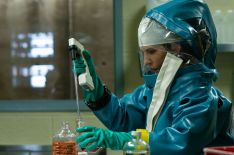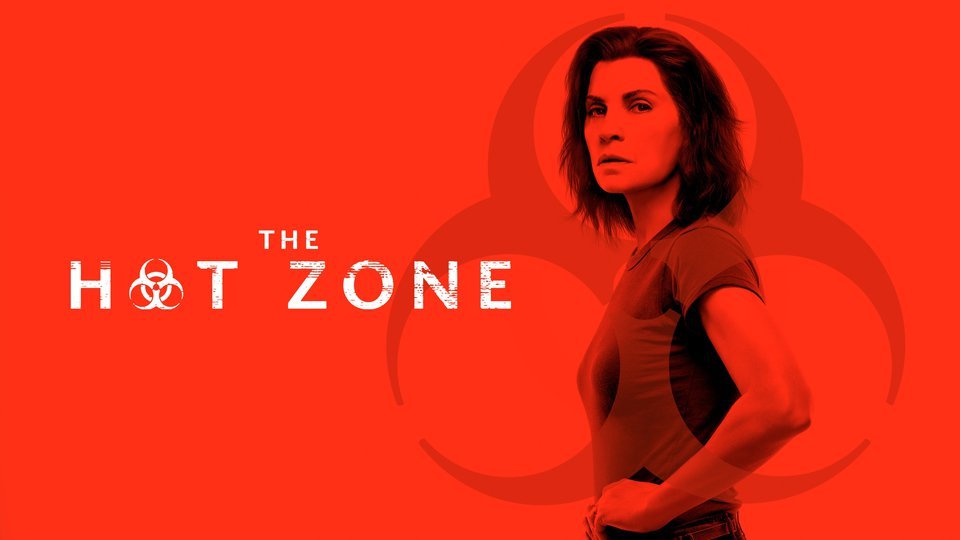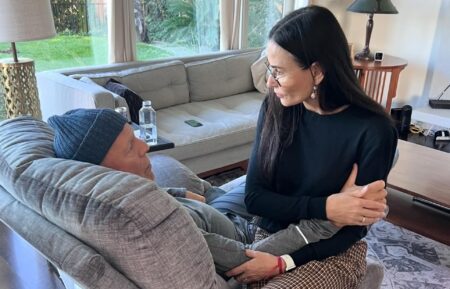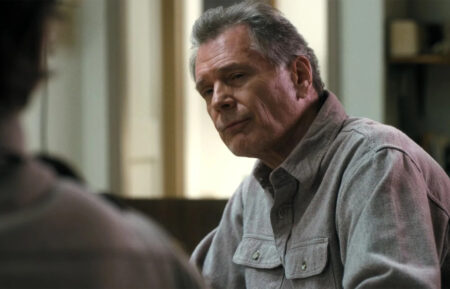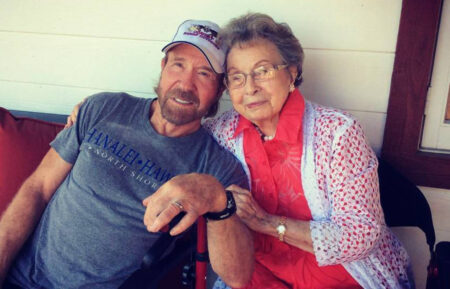3 Things to Know About National Geographic’s ‘The Hot Zone’
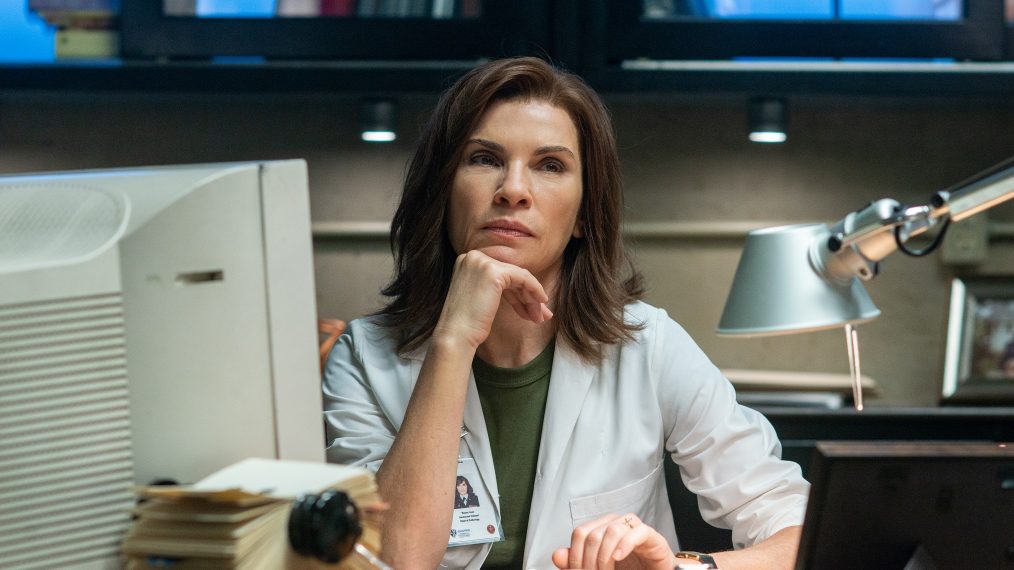
Preview
Grab the popcorn (and hand sanitizer!) and settle in for a three-night binge of The Hot Zone, a thriller based on the bestseller by Richard Preston about the Ebola virus reaching U.S. soil.
Here’s our analysis:
1. This Actually Happened
In 1989, Lt. Col. Nancy Jaax (Julianna Margulies), an infectious disease pathologist near Washington, D.C., found what she suspected was the deadly Ebola Zaire virus — no cure, no vaccine and a 90 percent mortality rate — in a monkey tissue sample. The married mom of two risked exposure to save the American public. “She’s a badass who puts herself in hazardous positions daily,” says Margulies, who got to know the real Jaax over a marathon phone call and lengthy emails.
2. The Cast Is a TV Who’s Who
Margulies is joined by Game of Thrones‘ Liam Cunningham as her mentor, Ebola expert Wade Carter (we see his firsthand experience in flashbacks to 1976 Africa). “Wade doesn’t play by the rules,” says Cunningham. “He’s persona non grata” in the science community. Topher Grace (That ’70s Show) is cocky virology scientist Dr. Peter Jahrling, Jaax’s most vocal doubter. “He’s brilliant but prideful and makes a mistake that haunts him,” teases Grace. And The Americans‘ Noah Emmerich is Lt. Col. Jerry Jaax, “conflicted between protecting his family and the country,” the actor says.
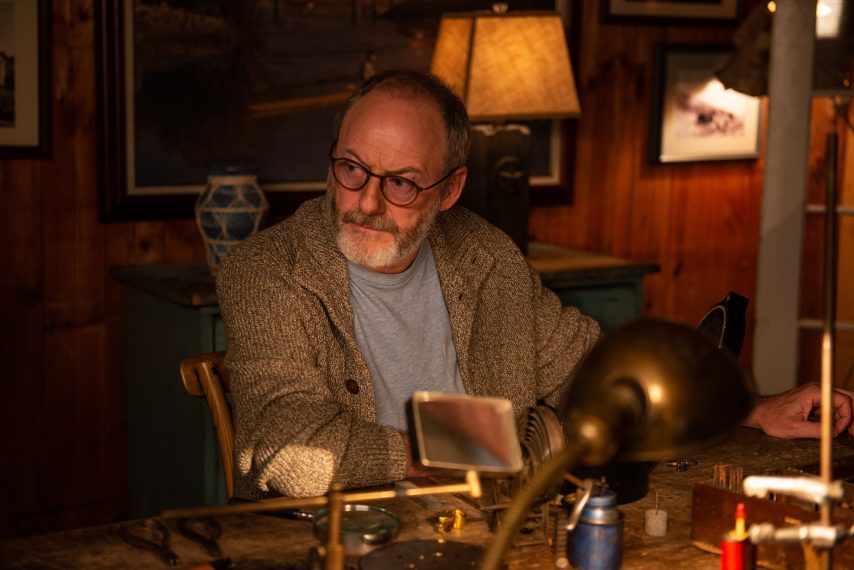
(Credit: National Geographic/Amanda Matlovich)
3. Filming Got a Little Too Real
Ebola can cause bleeding from, among other things, the eyes — which means the meticulously built models of lab monkeys were “the grossest version, because they were sick,” notes Grace. And the cast often worked inside hazmat suits that were hot, claustrophobic and fitted with loud air-pumping fans. For Margulies, any inconvenience was worth it to tell a story that still matters. “That was 30 years ago,” she says. “Things travel much faster now. We’re still at risk.”
The Hot Zone, Series Premiere, Monday, May 27, 9/8c, National Geographic

